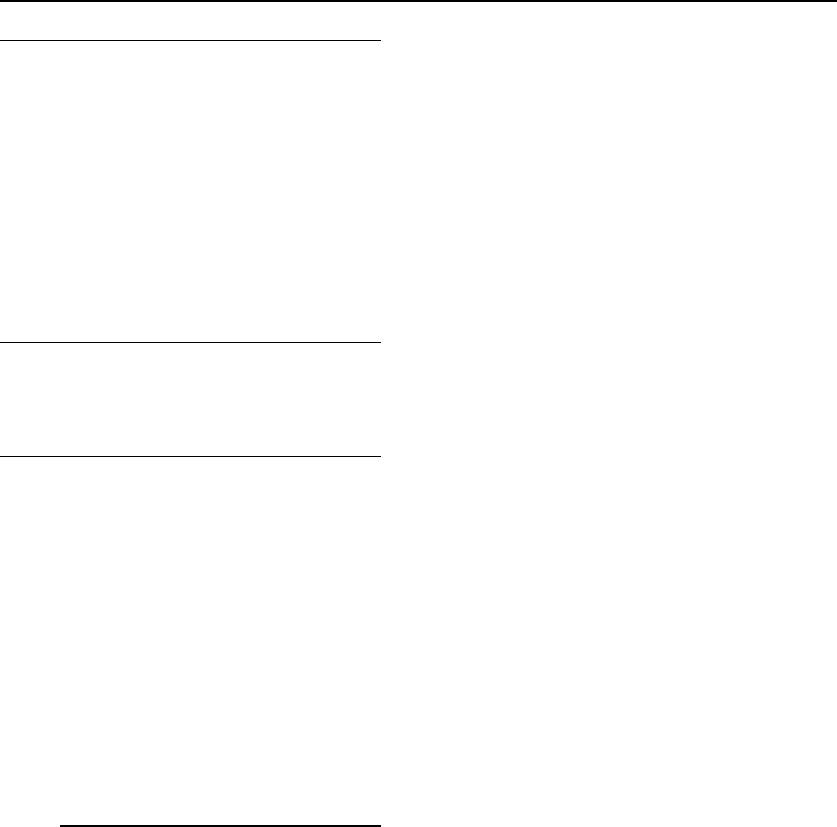
DES-7200 Configuration Guide Chapter 3 MPLS QOS
Configuration
3-4
3.1.3.2 P-1
P-1 is a LSR responsible for MPLS label switching. On P-1, we can classify
MPLS packets according to MPLS EXP value and configure the corresponding
QoS policy. For example, while implementing traffic monitoring of MPLS
packets, the MPLS EXP can be remarked in MPLS packets exceeding the
configured rate limit. During label switching, to maintain the original QoS
information, the EXP value of old label must be copied to the EXP field of new
label.
3.1.3.3 P-2
P-2 is also a LSR implementing the same MPLS QoS behaviors as P-1.
3.1.3.4 PE-2
PE-2 is an egress LER responsible for disposing of MPLS label from traffic
which is about to leave the MPLS network. Meanwhile, PE-2 also needs to
handle the QoS information carried in MPLS packets. It can choose to map the
EXP value in MPLS packets to the IP Precedence/DSCP field of IP packets or
choose not to handle the original IP packets, namely: no matter how many
times the EXP bits are modified, the IP Precedence/DSCP bits in IP packets will
be maintained, and the value viewed on PE-2 is the same as the value when IP
packets enter into the MPLS network.
3.1.4 DiffServ Tunneling
Modes
In the section "Working principle", we learn that the QoS information of IP
packets entering into MPLS network can remain unchanged after leaving the
MPLS network. In this way, MPLS QoS can be independent of user's IP QoS
scheme. While IP packets are crossing various IP tunnels, the interaction
between QoS information of original packets and QoS information of tunnel
packets is called DiffServ Tunneling mode. MPLS LSP is actually a tunneling
mode. The interaction between QoS information of original packets and QoS
information of MPLS packets is called MPLS DiffServ Tunneling mode.
Currently, MPLS DiffServ Tunneling Modes can be divided into: Pipe Model,
Short Pipe Model and Uniform Model. The difference between them is reflected
in LER only. Before understanding details about specific models, we need to
understand two concepts: LSP DiffServ information and Tunneling DiffServ
information. LSP DiffServ information refers to the QoS information of MPLS
packets transmitted from ingress LSR to the egress LSR along LSP (namely
EXP bits), while Tunneling DiffServ information refers to the QoS information
crossing MPLS network transparently (in case of IP packets entering into MPLS


















